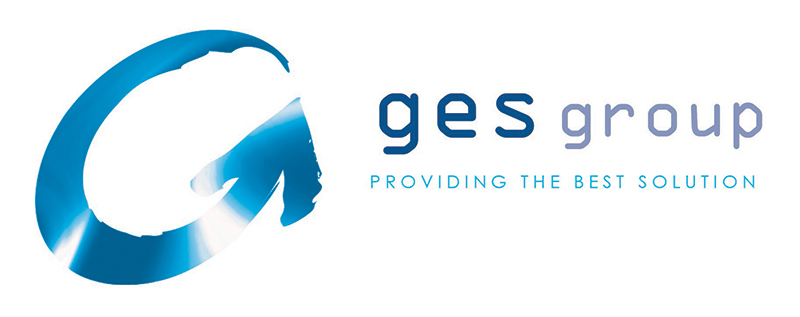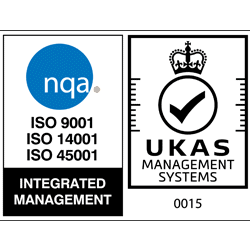SOURCES OF HARMONIC CURRENT
Many modern machines are fitted with DC drives, inverter drives, switched-mode power supplies, and other non-linear loads. These non-linear loads can produce significant amounts of harmonic current. Over time, the amount of non-linear load in industry is steadily increasing leading to greater amounts of harmonic current being injected into the electrical distribution system.
One measure of harmonic current is Total Harmonic Distortion (THDi), which is a measure of the ratio of the RMS (square root, mean, square) value of all the harmonic currents, to the RMS value of the fundamental current. The fundamental current is the current at 50Hz. THDu refers to the Total Harmonic Distortion of the voltage.
PROBLEMS CREATED BY HARMONIC CURRENT
High levels of harmonic current can cause various problems, such as:
- Increased temperature in distribution transformers due to increased hysteresis and eddy current losses
- Triplen harmonic currents such as the 3rd, 9th, 15th, etc. add up in the neutral conductor, and can lead to overheating and burning. This can be a particular problem in older premises where reduced neutral conductors were originally installed.
- Premature failure of power factor correction capacitors can occur due to resonance at one of the harmonic frequencies.
- Where the supply impedance is significant, the harmonic current can create voltage distortion, which in turn can lead to equipment malfunction or failure. In particular, three phase induction motors can be effected by voltage distortion, which can lead to loss of torque, overheating, and bearing failure.
- Also, there can be problems with inverters, DC drives and UPSs (uninterruptible power supply) all of which have power electronics that switch on particular points on the AC voltage wave.
Harmonic current and voltage distortion can also lead to issues with the electricity supply company. Connection Agreements will refer to the Energy Networks Association recommendation G5/4 “Planning Levels For Harmonic Voltage Distortion And The Connection of Non-Linear Equipment To Transmission Systems And Distribution Networks In The United Kingdom”. The purpose of this recommendation is to ensure that customers do not emit harmonic currents of such a magnitude that they produce voltage distortion on the electricity supply network, as this could cause problems for other customers connected at the same point.
MITIGATION OF HARMONIC CURRENT
One method of reducing the amount of harmonic current being injected into the distribution system is to install an Active Harmonic Filter. This device measures the harmonic currents present and then injects equal and opposite currents to cancel them out.
GES group can design, build, install, commission, and maintain Active Harmonic Filters (AHFs), and are the only approved UK and Ireland distributor for Sinexcel, a non-capacitor-based and innovative technology. Contact us today on 02825 656406, or email info@ges-group.com.





